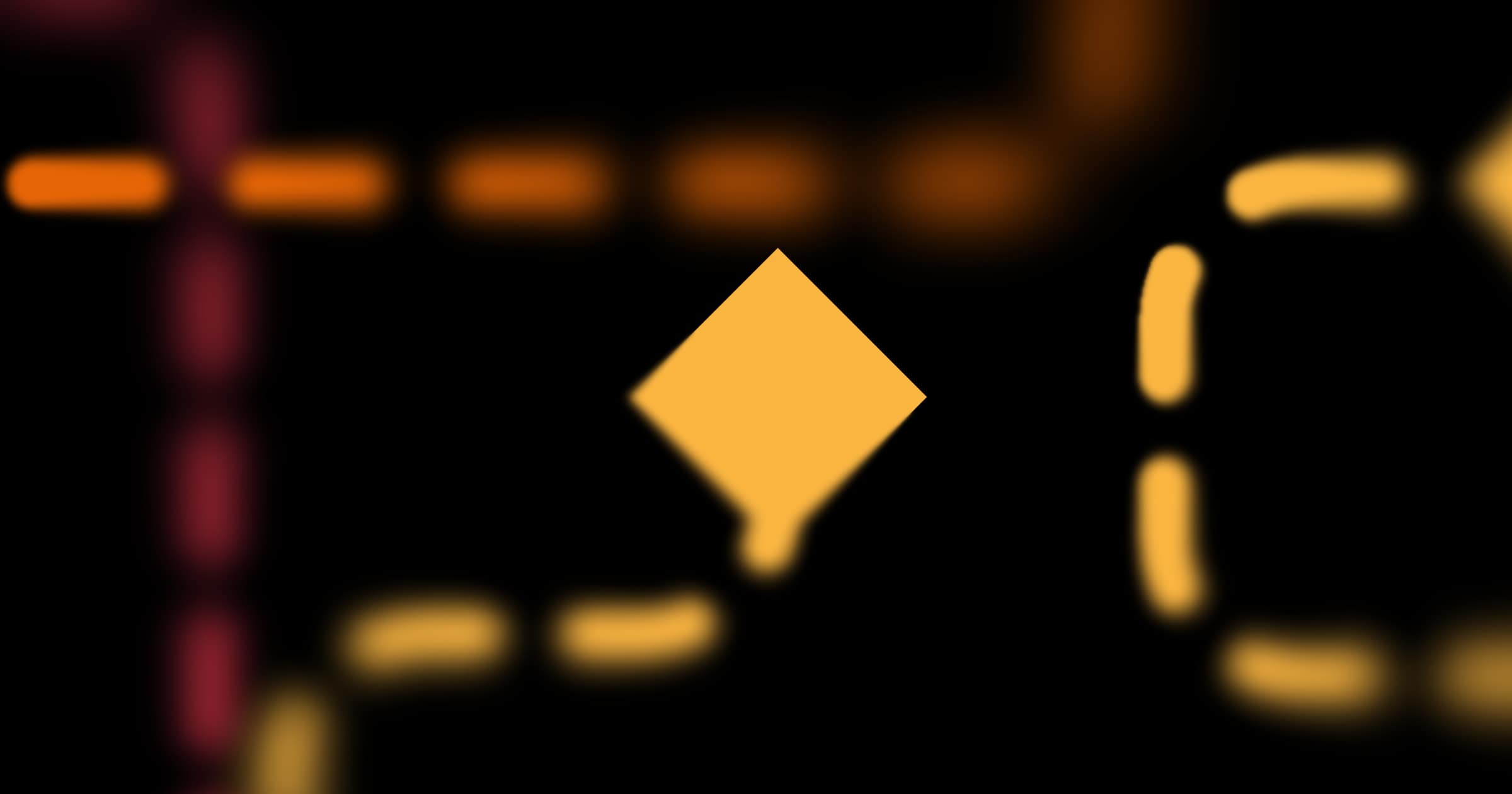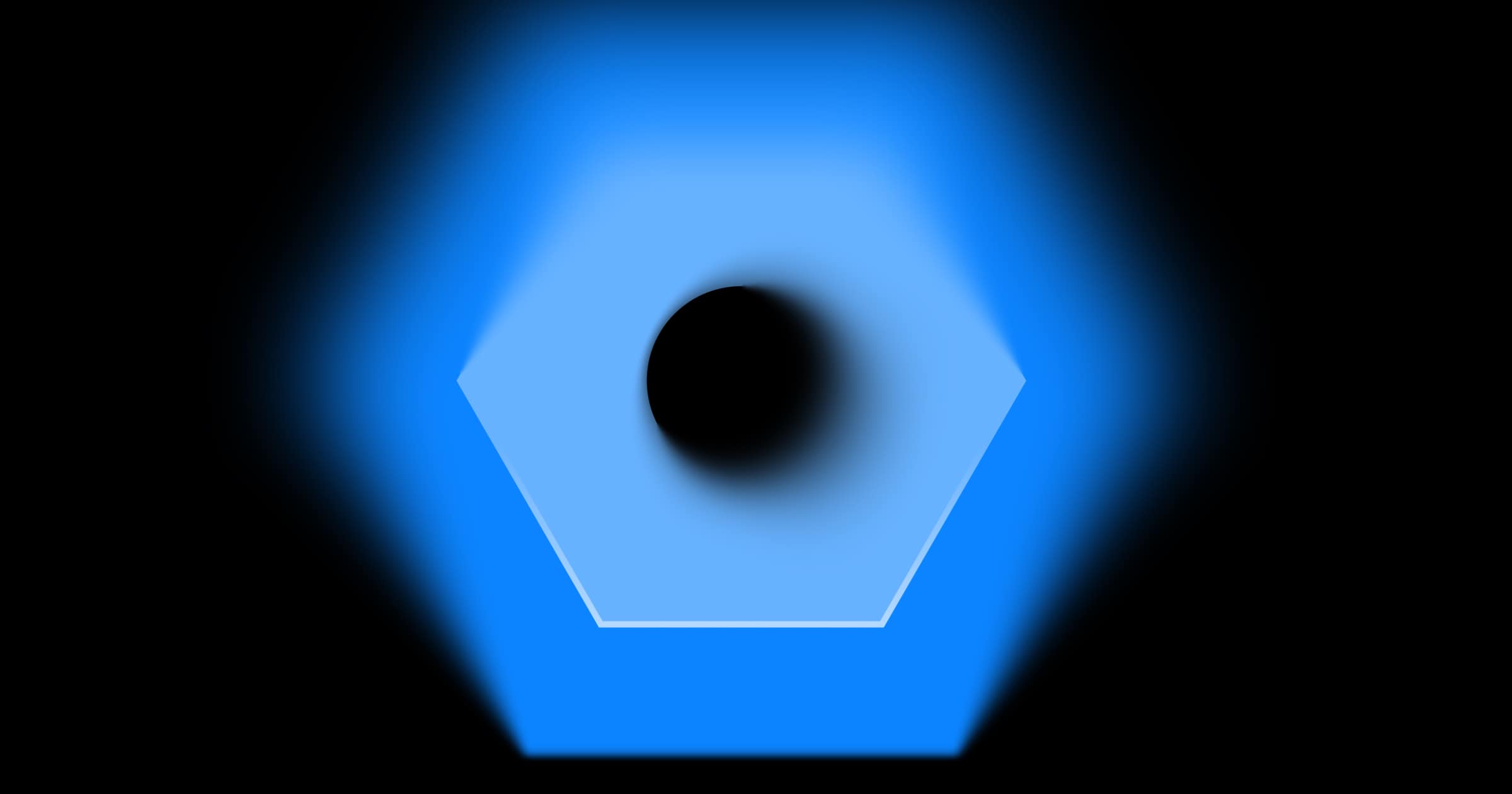
Design isn’t what it used to be. In 2025, product design isn’t just about wireframes and moodboards — it’s about using data, predictive tools, and AI-driven systems to deliver faster, smarter, more adaptive experiences.
This article breaks down how to build and scale a modern product design team that integrates AI in ways that actually enhance — not replace — human creativity.
Why AI is Changing Product Design
AI doesn’t design for you. But it does give your team superpowers:
- Generate variations of layouts, flows, and visuals instantly
- Predict how users will behave before you launch
- Analyze user feedback at scale
- Automate repetitive tasks like formatting, asset resizing, or accessibility checks
This means designers spend less time on grunt work and more time solving real problems.
What an AI-Enabled Design Team Looks Like
An AI-ready design team is made up of:
- Human-Centered Designers – Still at the core, but now supported by tools that boost speed and feedback loops.
- Design Engineers – People who know how to integrate design systems with AI tooling or front-end workflows.
- Data-Literate Creatives – Designers who understand data flows, tagging, and how to use insights in real-time.
- AI Integrators – Developers or PMs who evaluate, test, and embed AI tools like Figma plugins, user research platforms, and content generation APIs.
It’s not about replacing anyone — it’s about adding new layers of capability.
How to Get Started
You don’t need to overhaul your team overnight. Start here:
- Audit Your Workflow
What’s repetitive? What slows you down? That’s where AI can help. - Choose the Right Tools
Look into AI-based tools for UX research (like Maze or Useberry), design generation (Uizard, Galileo AI), or automated QA/testing for prototypes. - Upskill Your Team
Train designers to work with AI — not fear it. Start with experimentation. Pair juniors with AI tools to accelerate their growth. - Don’t Automate the Soul Out of It
Use AI for support. Keep the strategic thinking, storytelling, and brand nuance human.
Scaling Your AI-Enabled Team
As your team grows, don’t just add headcount — add capabilities:
- Integrate AI into your design system and handoff tools (e.g. tokens, variables, pattern generators)
- Build shared libraries of prompts, test scripts, and decision logs
- Assign AI champions in each team to vet new tools and maintain consistency
- Create feedback loops to learn what works and what doesn’t
The smartest teams in 2025 aren’t the biggest — they’re the most adaptive. AI is a multiplier, not a replacement.
Gatenor’s Take
At Gatenor, we help teams move fast without losing what makes their product great. That means integrating AI with care — not hype. We focus on tools and systems that free your designers to do their best work, backed by real insights, fast feedback, and scalable processes.
If you’re building a product and your design workflow still feels like manual labor, let’s talk. We’ll help you bridge the gap between what’s possible and what’s actually useful.
Other Articles

5 Ways to Build Data Pipelines That Actually Work

Hiring More Engineers Isn’t the Only Way to Scale Your Engineering Team


